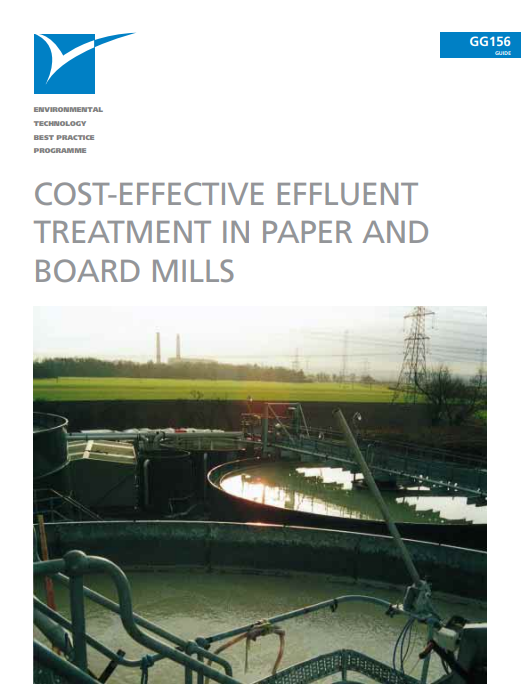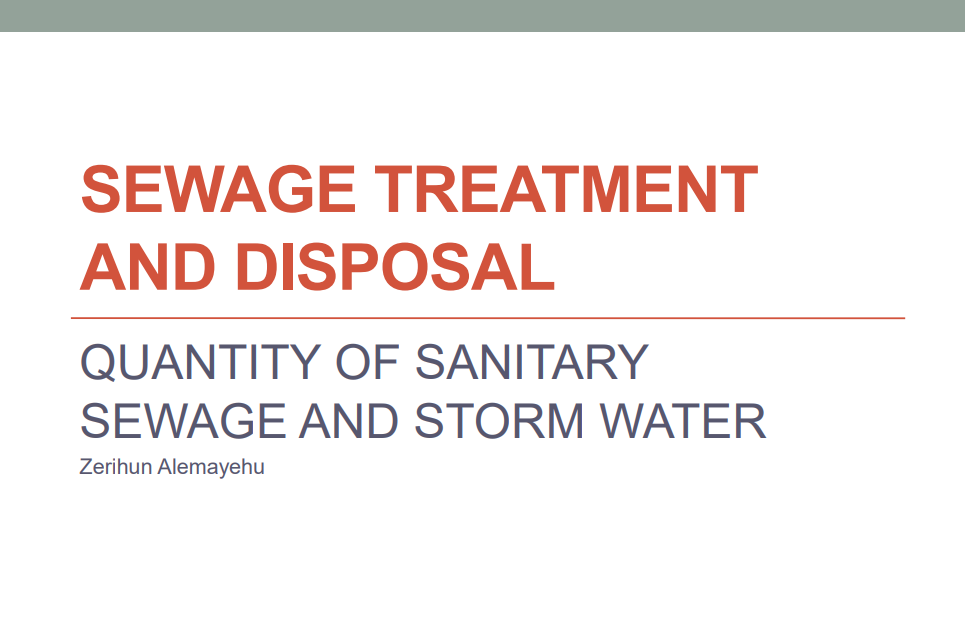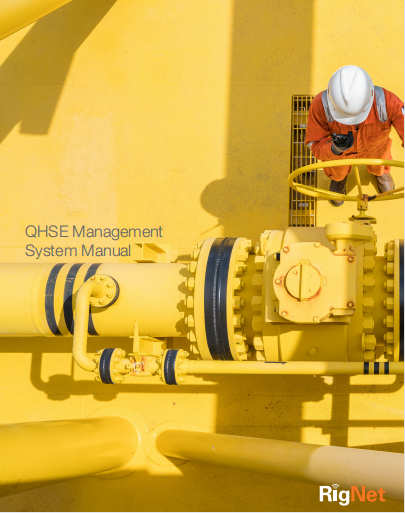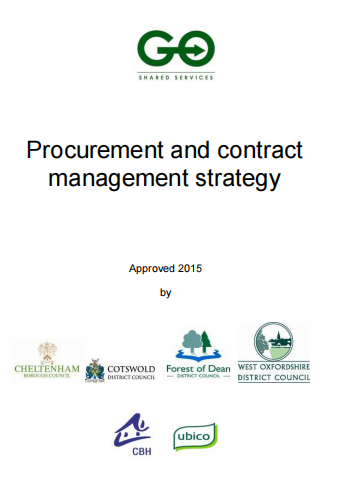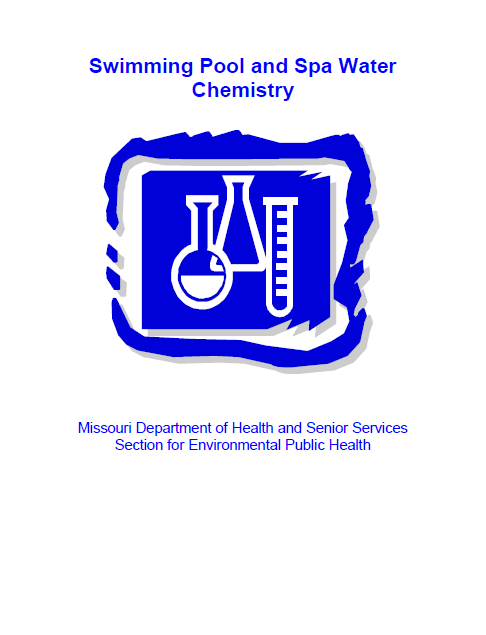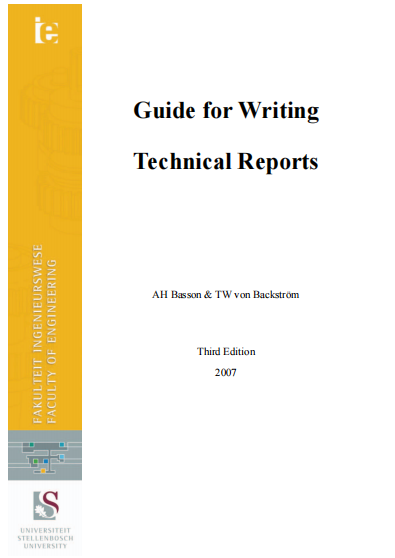Emergency Response Planning Guide
INTRODUCTION
Emergency response planning and preparedness is an important element in managing a wastewater treatment facility and collection system. The citizens of your town and our state rely upon wastewater treatment personnel for protection against unexpected events that may jeopardize public health and safety. Wastewater employees expect to be protected from the consequences of natural or man-made disasters affecting the wastewater system. Town officials are responsible for protecting the taxpayer’s investment in its infrastructure and to ensure that regulatory requirements will be met during an emergency. In other words, preparation for the unexpected is necessary and requires an emergency plan to be in place and functional to handle a variety of situations. Both EPA and NHDES require the inclusion of an Emergency Response Plan in every Operation and Maintenance manual for wastewater treatment facilities and pump stations. It is listed as an O&M manual requirement in the State of New Hampshire Code of Administrative Rules, Chapter Env-Wq 700, STANDARDS OF DESIGN AND CONTRUCTION FOR SEWERAGE AND WASTEWATER TREATMENT FACILITIES, Section 708.08(b)(9). In addition, funding agencies, such as the United States Department of Agriculture, Rural Development (USDA/RD), require all systems that receive USDA/RD funding for wastewater improvement projects to complete a Security Vulnerability Assessment and Emergency Response Plan prior to awarding money. NHDES takes this responsibility seriously. The Emergency Response Planning section of this manual was developed to ensure that all facilities receive the same information. It is not intended to serve as a substitute for an actual emergency response plan specific to your facility, but rather to serve as a generic guide to aid in planning for unanticipated situations in the event that a facility does not have a specific response plan. If there is an actual plan it shall be inserted into the O&M manual in lieu of this planning guide.
Emergency Response Planning Guide
INTRODUCTION
Emergency response planning and preparedness is an important element in managing a wastewater treatment facility and collection system. The citizens of your town and our state rely upon wastewater treatment personnel for protection against unexpected events that may jeopardize public health and safety. Wastewater employees expect to be protected from the consequences of natural or man-made disasters affecting the wastewater system. Town officials are responsible for protecting the taxpayer’s investment in its infrastructure and to ensure that regulatory requirements will be met during an emergency. In other words, preparation for the unexpected is necessary and requires an emergency plan to be in place and functional to handle a variety of situations. Both EPA and NHDES require the inclusion of an Emergency Response Plan in every Operation and Maintenance manual for wastewater treatment facilities and pump stations. It is listed as an O&M manual requirement in the State of New Hampshire Code of Administrative Rules, Chapter Env-Wq 700, STANDARDS OF DESIGN AND CONTRUCTION FOR SEWERAGE AND WASTEWATER TREATMENT FACILITIES, Section 708.08(b)(9). In addition, funding agencies, such as the United States Department of Agriculture, Rural Development (USDA/RD), require all systems that receive USDA/RD funding for wastewater improvement projects to complete a Security Vulnerability Assessment and Emergency Response Plan prior to awarding money. NHDES takes this responsibility seriously. The Emergency Response Planning section of this manual was developed to ensure that all facilities receive the same information. It is not intended to serve as a substitute for an actual emergency response plan specific to your facility, but rather to serve as a generic guide to aid in planning for unanticipated situations in the event that a facility does not have a specific response plan. If there is an actual plan it shall be inserted into the O&M manual in lieu of this planning guide.
QHSE Management System Manual
Introduction:
RigNet has developed and implemented a Quality, Health, Safety and Environmental (QHSE) Management System to document the company’s best business practices, better satisfy the requirements and expectations of its customers and improve the overall management of the company. The QHSE Management System of RigNet Communications meets the requirements of the international standard ISO 9001:2015 ISO 14001:2015 and ISO 45001:2018. This system addresses the implementation, maintenance, and continual improvement of our HSE programs.
QHSE Management System Manual
Introduction:
RigNet has developed and implemented a Quality, Health, Safety and Environmental (QHSE) Management System to document the company’s best business practices, better satisfy the requirements and expectations of its customers and improve the overall management of the company. The QHSE Management System of RigNet Communications meets the requirements of the international standard ISO 9001:2015 ISO 14001:2015 and ISO 45001:2018. This system addresses the implementation, maintenance, and continual improvement of our HSE programs.
Project Manager Skills Benchmark
Introduction:
PM Solutions Research has been surveying organizations about their project management practices for more than 15 years. This Project Manager Skills Benchmark was designed to help you understand the current skill levels of project managers – what skills project managers have and how these skills impact project and organizational success. The goal is to help you understand where to focus your project manager improvement efforts and thereby improve your project results.
Project Manager Skills Benchmark
Introduction:
PM Solutions Research has been surveying organizations about their project management practices for more than 15 years. This Project Manager Skills Benchmark was designed to help you understand the current skill levels of project managers – what skills project managers have and how these skills impact project and organizational success. The goal is to help you understand where to focus your project manager improvement efforts and thereby improve your project results.
Developing The Skills That Fuel High Performance
Introduction:
This book is not intended to teach you about the processes and terms and other mechanical activities of project management. This is a book about working with and leading people who are working on projects. My core premise is that great project outcomes are in large part dependent upon the leadership skills of the project managers. As an executive, I understand that great, passionate and capable leaders that also are well trained in the science of project management are the ones that drive great results.
Alternatively, if I look hard at the many project failures that I've encountered in over two decades working for technology firms and now as an educator and consultant, project leadership is always an issue. If you are interested in growing your career as a project manager and perhaps
leveraging your unique insights and skills in broader and higher management roles, it is critical for you to focus on building your skills as a leader.
Developing The Skills That Fuel High Performance
Introduction:
This book is not intended to teach you about the processes and terms and other mechanical activities of project management. This is a book about working with and leading people who are working on projects. My core premise is that great project outcomes are in large part dependent upon the leadership skills of the project managers. As an executive, I understand that great, passionate and capable leaders that also are well trained in the science of project management are the ones that drive great results.
Alternatively, if I look hard at the many project failures that I've encountered in over two decades working for technology firms and now as an educator and consultant, project leadership is always an issue. If you are interested in growing your career as a project manager and perhaps
leveraging your unique insights and skills in broader and higher management roles, it is critical for you to focus on building your skills as a leader.
Swimming Pool and Spa Water Chemistry
On a hot summer day, who wouldn't want to jump into a cool and refreshing pool? And then, as the sun sets, what better way to relax than to slip into your own backyard spa -- summer or winter? But enjoying all that requires some regular attention. Remember, the water in your pool and spa is an ever-changing environment that calls for constant and careful monitoring. For some, this means hiring a professional service technician to come by once or twice
a week. You can, however, take care of your pool and spa yourself. The need to treat water has been widely accepted for a long time. Sanitation, especially,
is recognized as a means of controlling communicable diseases. The pool operator is expected to provide safe, clean water for bathers. More recently, however, the importance of mineral saturation, or 'water balance" as it is more popularly known, is recognized by those responsible for maintaining the pool and equipment. Water can become aggressive and destroy pools with corrosion, or it can become scaling and damage the pool with mineral deposits.
The pool operator must learn about the use of chemical agents for sanitation and for control of pH, total alkalinity and calcium hardness. The operator is expected to protect both the swimmers and the pool itself. This chapter is written to present the necessary chemical treatments and sufficient background information to know when and how to use them.
Swimming Pool and Spa Water Chemistry
On a hot summer day, who wouldn't want to jump into a cool and refreshing pool? And then, as the sun sets, what better way to relax than to slip into your own backyard spa -- summer or winter? But enjoying all that requires some regular attention. Remember, the water in your pool and spa is an ever-changing environment that calls for constant and careful monitoring. For some, this means hiring a professional service technician to come by once or twice
a week. You can, however, take care of your pool and spa yourself. The need to treat water has been widely accepted for a long time. Sanitation, especially,
is recognized as a means of controlling communicable diseases. The pool operator is expected to provide safe, clean water for bathers. More recently, however, the importance of mineral saturation, or 'water balance" as it is more popularly known, is recognized by those responsible for maintaining the pool and equipment. Water can become aggressive and destroy pools with corrosion, or it can become scaling and damage the pool with mineral deposits.
The pool operator must learn about the use of chemical agents for sanitation and for control of pH, total alkalinity and calcium hardness. The operator is expected to protect both the swimmers and the pool itself. This chapter is written to present the necessary chemical treatments and sufficient background information to know when and how to use them.
Public Swimming Pool and Spa Pool Advisory Document
The primary purpose of the advisory document is to provide information and guidance to pool operators, authorised officers (also known as environmental health officers), pool consultants and other swimming pool industry stakeholders on the appropriate modern standards to design, operate and maintain healthy swimming pools and spa pools. The secondary purpose is to complement public health legislation, particularly the prescribed operating requirements in Schedule 1 to the Public Health Regulation 2012. Disinfection is critical to prevent the survival and growth of micro-organisms in swimming pools and spa pools. The quality of incoming water supply, efficient filtration, well designed circulation and distribution systems, and an
optimum turnover rate to deliver clean clear water are equally important. Client hygiene management is also an important aspect of disease minimisation. Disease minimisation and water quality are the core themes of the advisory document.
Public Swimming Pool and Spa Pool Advisory Document
The primary purpose of the advisory document is to provide information and guidance to pool operators, authorised officers (also known as environmental health officers), pool consultants and other swimming pool industry stakeholders on the appropriate modern standards to design, operate and maintain healthy swimming pools and spa pools. The secondary purpose is to complement public health legislation, particularly the prescribed operating requirements in Schedule 1 to the Public Health Regulation 2012. Disinfection is critical to prevent the survival and growth of micro-organisms in swimming pools and spa pools. The quality of incoming water supply, efficient filtration, well designed circulation and distribution systems, and an
optimum turnover rate to deliver clean clear water are equally important. Client hygiene management is also an important aspect of disease minimisation. Disease minimisation and water quality are the core themes of the advisory document.



